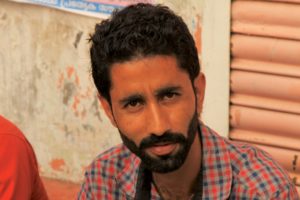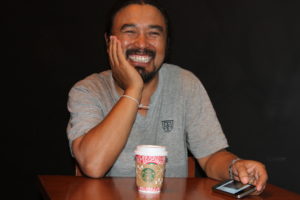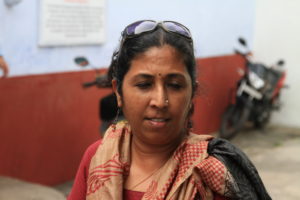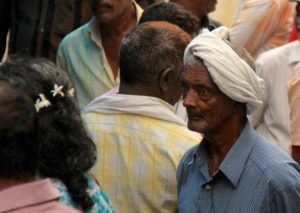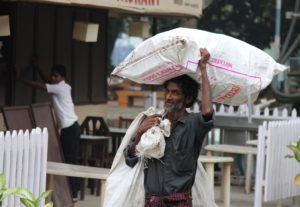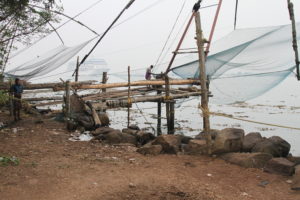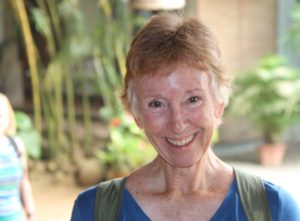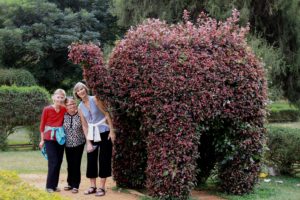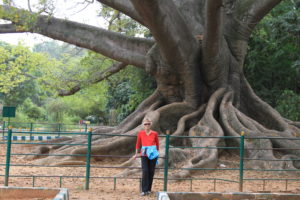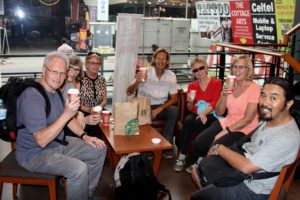Bangalore is called the Garden City for it’s delicate blossoms and greenery that impart a unique beauty to this lovely city. The weather is the city’s best feature, with pleasant summers and bearable winters. Bangalore, which literally means the ‘town of baked beans’, was founded by Kempe Gowda, a chieftain of the Vijayanagar Empire, around the 16th century. He built four towers in four directions to specify its boundaries. On arrival we tour Bangalore, visiting the Lal Bagh Botanical Gardens, which has a variety of old trees, fountains, lotus pools, terraces and an assortment of tropical herbs and subtropical herbs. We also see the government buildings.
The history of European involvement in Kochi, from the early sixteenth century onwards, is dominated by the aggression of, successively, the Portuguese, Dutch and British, competing in their desire to control the port and its lucrative spice trade. From 1800, the state of Cochin was part of the British Madras Presidency; from 1812 until Independence in 1947, its administration was made the responsibility of a series of diwans, or financial ministers. In the 1920s, the British expanded the port to make it suitable for modern ocean-going ships; extensive dredging created Willingdon Island, between Ernakulam and Fort Cochin. On arrival we have a tour of Kochi, including: Chinese fishing Nets — A legacy of one of the earliest visitors to the Malabar coast, these nets are unmistakable as one enters the harbour. Records show that they were first erected between AD 1350 and 1450. Constructed out of Teak wood and Bamboo poles, they work on the principle of balance. The best place to watch is from Vasco Da Gama square, a narrow promenade that parallels the beach with little stalls that serve fresh seafood, tender coconuts and so on. Santa Cruz Basilica: Built by the Portuguese, the church was elevated to a Cathedral by the Pope Paul IV in 1558. Spared by the Dutch conqueror of Cochin who destroyed many Catholic buildings in 1663, it later fell into the hands of the British who demolished it when they took over Cochin in 1795. For almost 100 years there was no church on the site, until the Bishop Dom Gomez Vereira commissioned a new building in 1887.
our trip is winding down but we still see a lot of interesting things.
